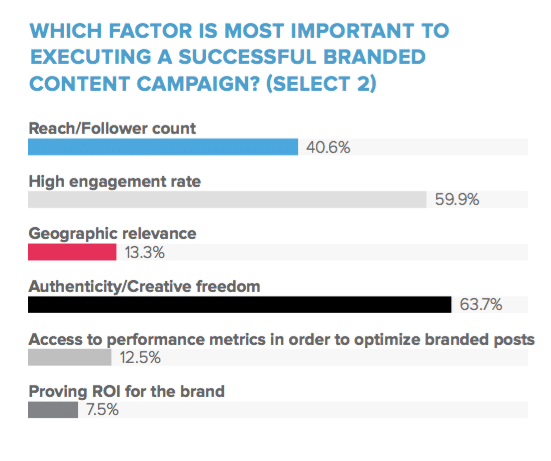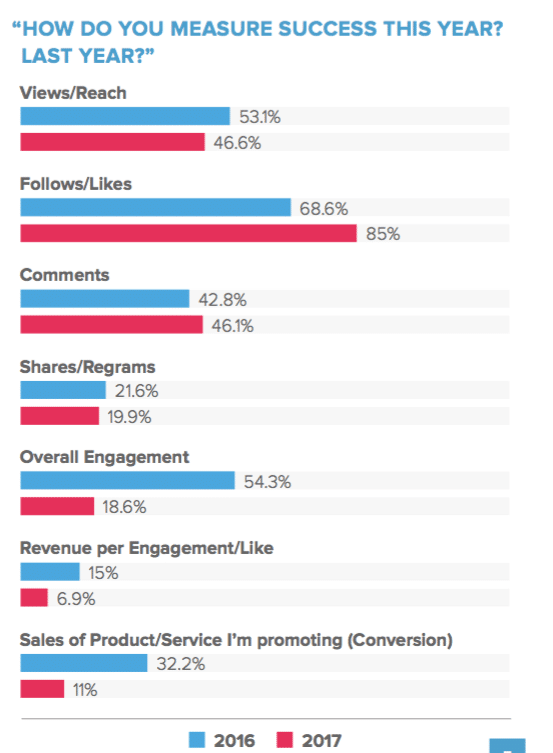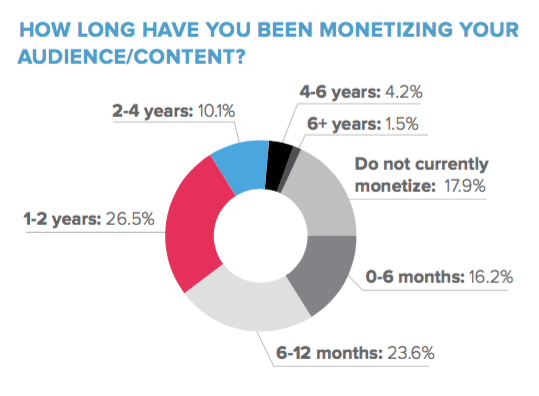Influencer marketing is still a rather new strategy, and the practice is evolving rapidly. Because of the attention and demand, today’s influencers are emerging as true comms power players, and the cost of doing business is still taking shape. New research from influencer discovery and content marketing platform #HASHOFF examines these changes, as well as how communications strategy should adjust.
The firm recently released its second Influencer Marketing: State of the Union report, highlighting the importance of influencer authenticity, the growth in white-listed relationships with brands, and the important role of collaborative platforms in the future of the influencer marketing ecosystem.
To understand the changing face of influencer marketing, and gain valuable insight as to where influencers are headed, #HASHOFF surveyed hundreds of vetted influencers on its platform to understand what the coming year holds for influencer marketing.
In an era where bots and fake followers are driving up follower counts, reliable metrics are key for both influencers and brands. Influencers encourage brands to look at ROI metrics beyond likes and follower counts, instead prizing engagement rates, clicks and even sales generated through influencer posts.
Here are some key findings:
Being an influencer is becoming a full-time job
Just six months ago, only 12 percent of respondents said being a creator was their only form of employment. Now, that number has more than doubled, to 28 percent, and the majority (54 percent) of creators say that, while they aren’t yet able to support themselves as full-time creators, that is their goal.
Influencers don’t want to “sell out”
Sixty-four percent of the creators surveyed said they wouldn’t promote a brand they didn’t believe in, even if it came with a big paycheck.
Looking ahead, YouTube may start to give Facebook a run for its money
This year, only 3 percent of creators said YouTube is their #1 platform; for 2018, 4 times the number of creators predict it will be their platform of choice.
Influencers increasingly want to prove ROI
Once again, the top metric by which creators measure success remains the number of “follows / likes” their posts receive, but, for the first time, “Overall Engagement Rate” has edged out “Views/Reach” as the #2 most important success metric.
Two main business models are most prevalent among creators
The vast majority (80 percent) either charge a flat fee per post (40 percent) or post in exchange for free product (40 percent).
Overall, there is little consistency in how influencer fees are developed
Thirty-five percent have a model that takes into account reach and engagement rates, 18 percent ask their peers, and 22 percent rely on the brands themselves to suggest a price. Perhaps most disturbing of all, 17 percent of creators say they just “Ask for as much as I can get.”
White-listing is on the rise
The majority of influencers surveyed said they now work with a few brands on an ongoing basis, and a full 21 percent say they are now part of a whitelisted network with a brand or publisher.
“To understand where influencer marketing is headed and how brands can make the most of it, you have to ask the influencers themselves. As our newest report shows, the success of influencer marketing relies on authenticity, the core feature driving engagement,” said Joel Wright, president and co-founder of #HASHOFF, in a news release.
“This State of the Union report dives into what influencers are thinking, how they maintain their authenticity and ultimately deliver premium content on behalf of brands that drives real ROI,” he added.











